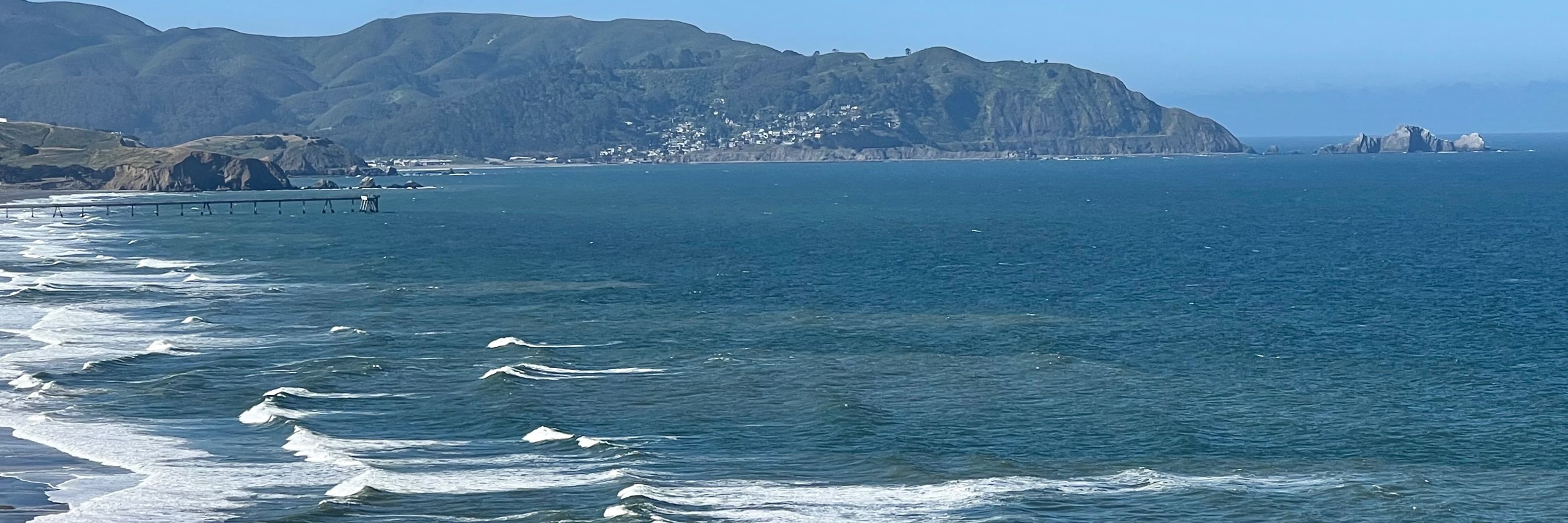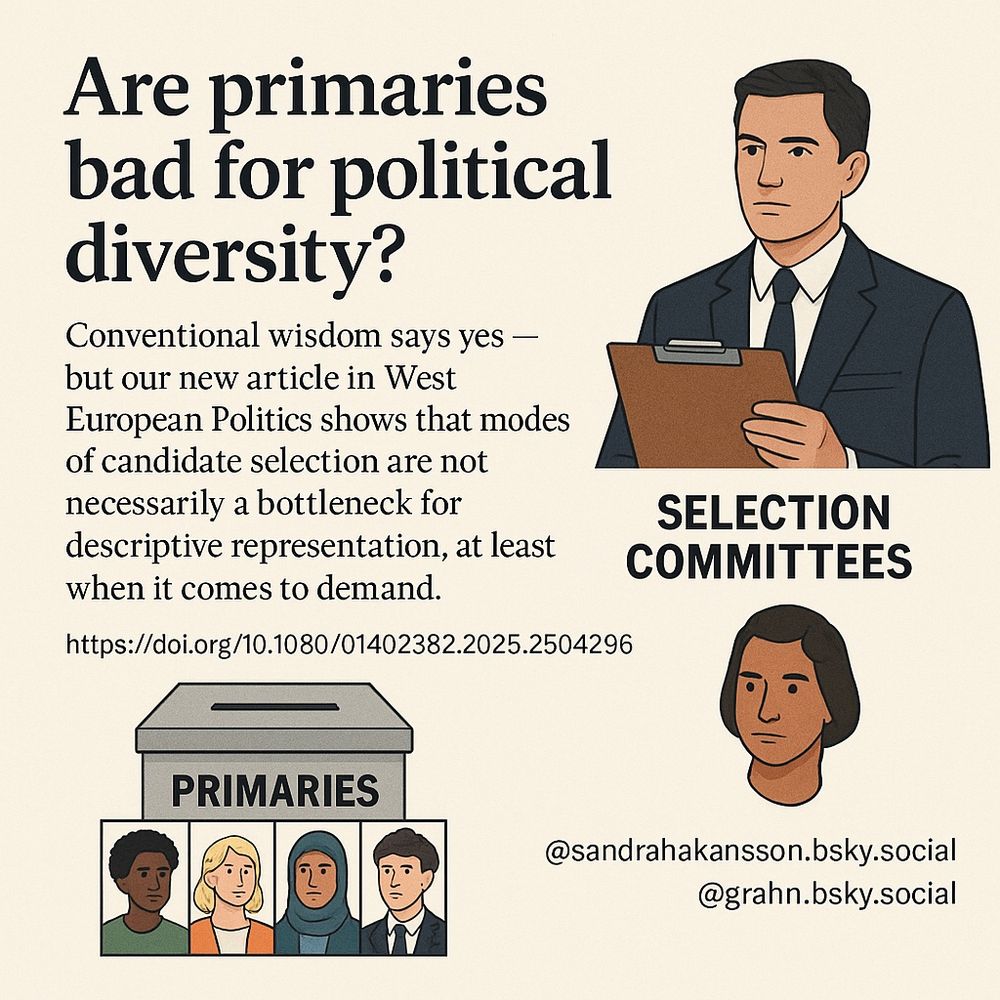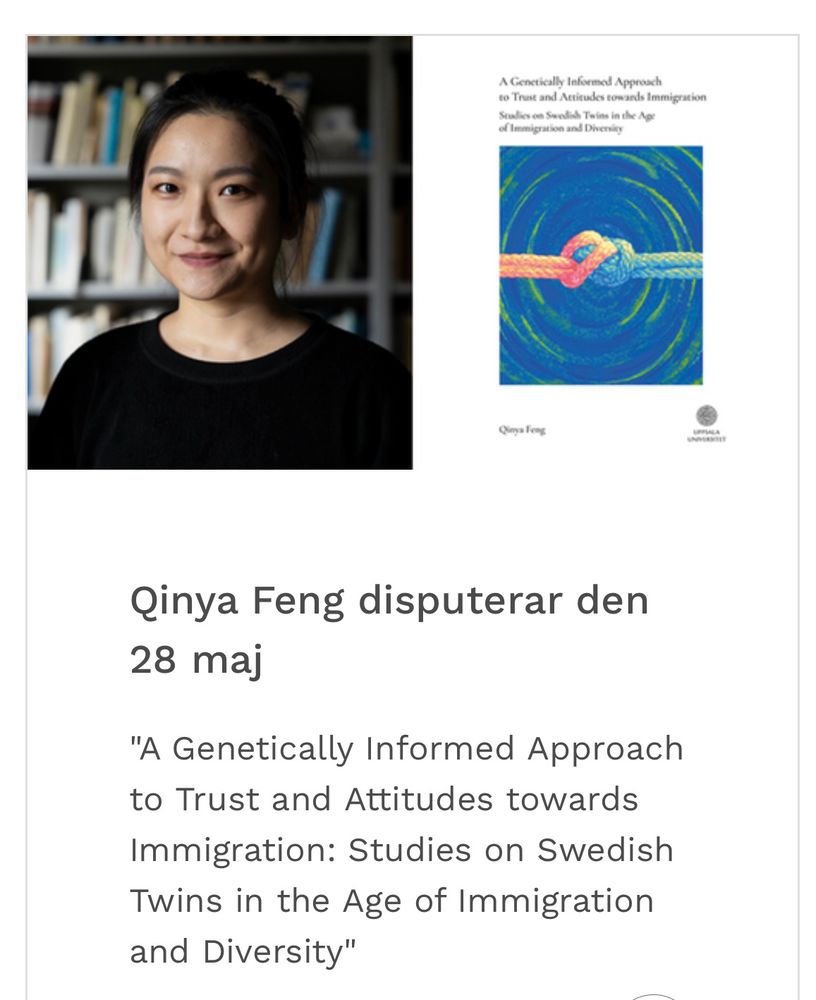Charles Parker
@charlesparker.bsky.social
1.1K followers
1.4K following
43 posts
Professor of Political Science, @uu-polisci.bsky.social, Uppsala University 🇸🇪 • Climate Change • Crisis • Disasters • Global Environmental Politics • International Relations • Public Policy.
Posts
Media
Videos
Starter Packs
Pinned
Charles Parker
@charlesparker.bsky.social
· Aug 29

Preventable Catastrophe? The Hurricane Katrina Disaster Revisited
This article probes the warning-response failures that left the city of New Orleans vulnerable to catastrophic hurricanes and the inability of local, state, and federal authorities to mount an adequa...
onlinelibrary.wiley.com
Charles Parker
@charlesparker.bsky.social
· Aug 29
Charles Parker
@charlesparker.bsky.social
· Aug 29
Charles Parker
@charlesparker.bsky.social
· Aug 29
Charles Parker
@charlesparker.bsky.social
· Aug 29
Charles Parker
@charlesparker.bsky.social
· Aug 29
Charles Parker
@charlesparker.bsky.social
· Aug 29

Preventable Catastrophe? The Hurricane Katrina Disaster Revisited
This article probes the warning-response failures that left the city of New Orleans vulnerable to catastrophic hurricanes and the inability of local, state, and federal authorities to mount an adequa...
onlinelibrary.wiley.com
Reposted by Charles Parker
Reposted by Charles Parker
Reposted by Charles Parker
Reposted by Charles Parker
Reposted by Charles Parker
Reposted by Charles Parker
Reposted by Charles Parker
Reposted by Charles Parker
Reposted by Charles Parker














